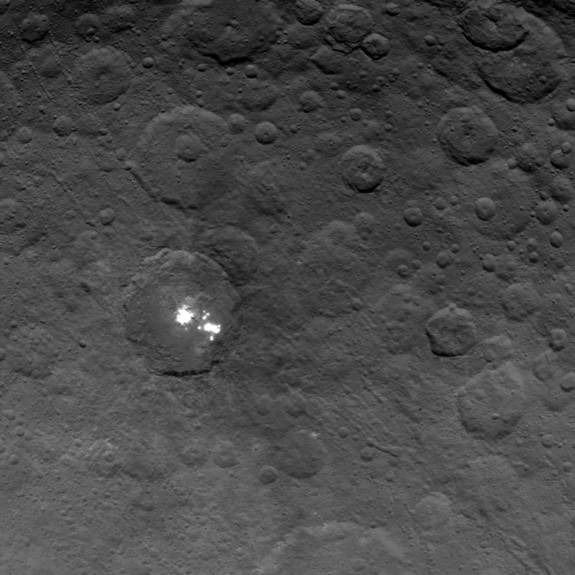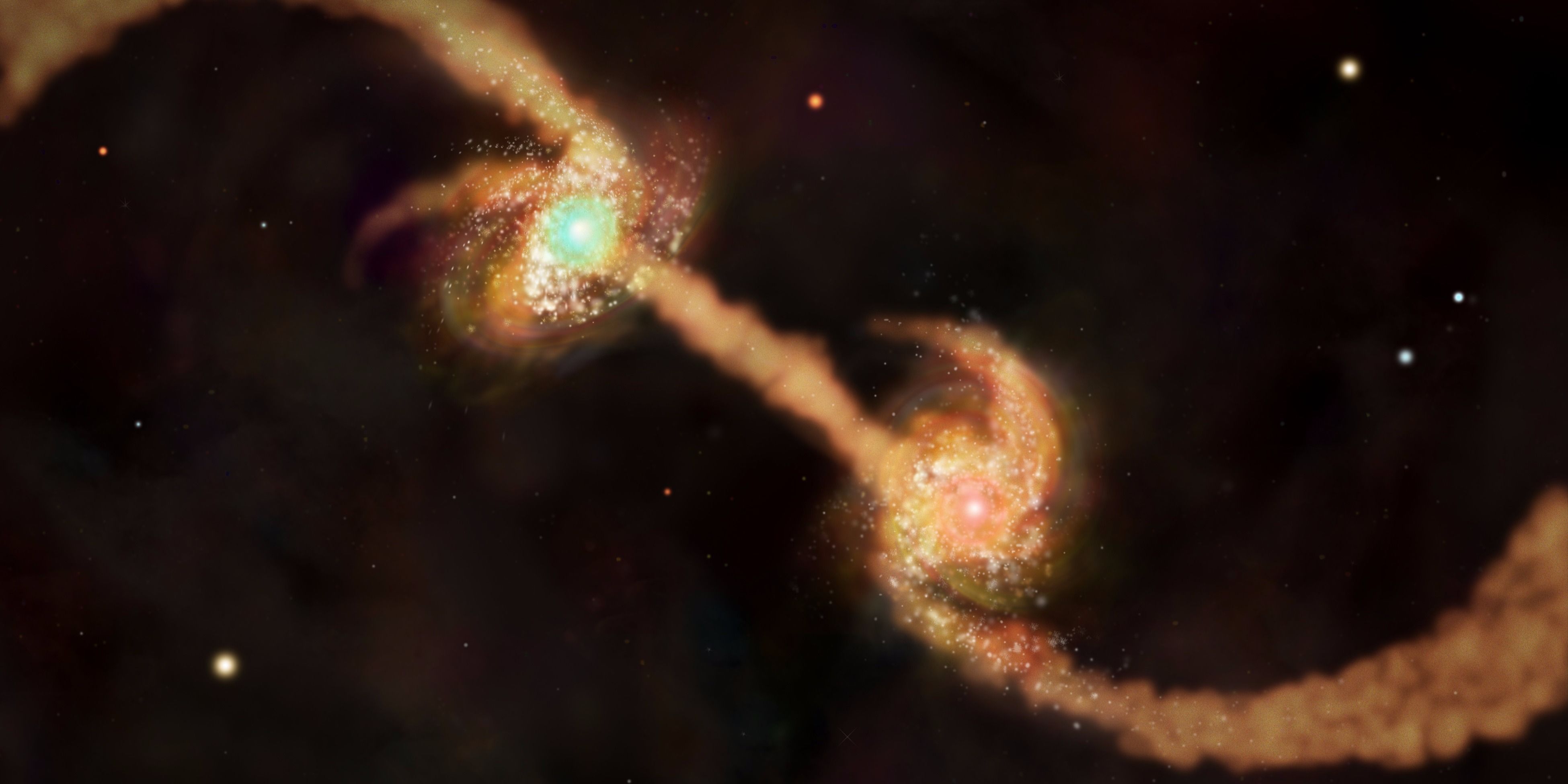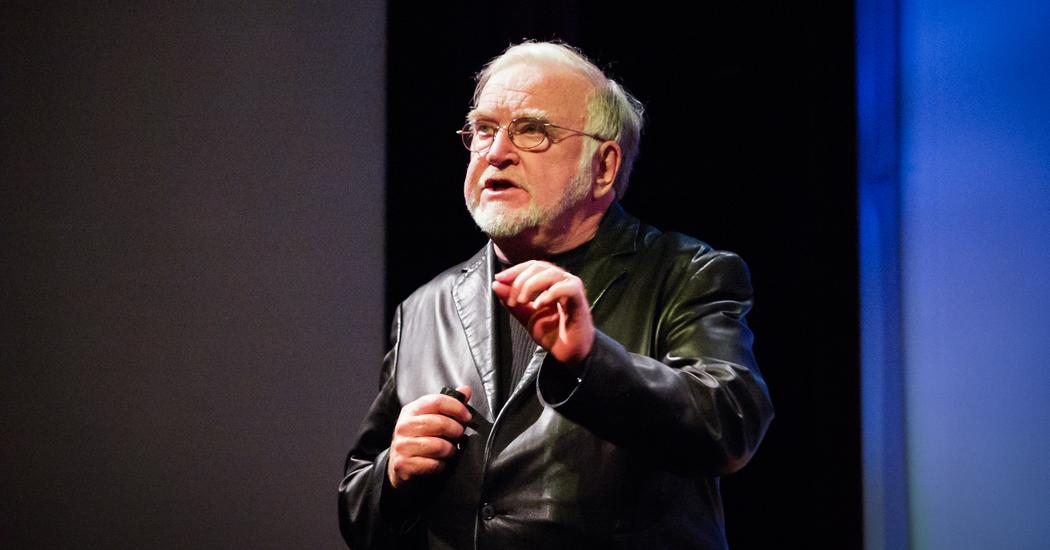![Mark Zuckerberg]()
Advances in the field of artificial intelligence are invariably greeted with concern about an imminent robot uprising. Similarly, when we hear about developments in the field of brain-to-brain communication, we imagine any number of outlandish scenarios: perhaps a government marching us unquestioningly into battle via a process of insidious mind control, or an erotic thought we had about a work colleague being unwittingly transmitted to our partner.
When Facebook’s CEO, Mark Zuckerberg, announced this week during one of his regular Q&A sessions that Facebook is working in the field of thought transmission, we found ourselves momentarily transported to a horrific telepathic future. “You’ll just be able to think of something and your friends will immediately be able to experience it too,” he said, as people thought to themselves “under no circumstances do I want anyone to know the dark, unsettling images that flash through my mind on an hourly basis”. We are troubled by that vision. But it’s only a vision. Read more

















